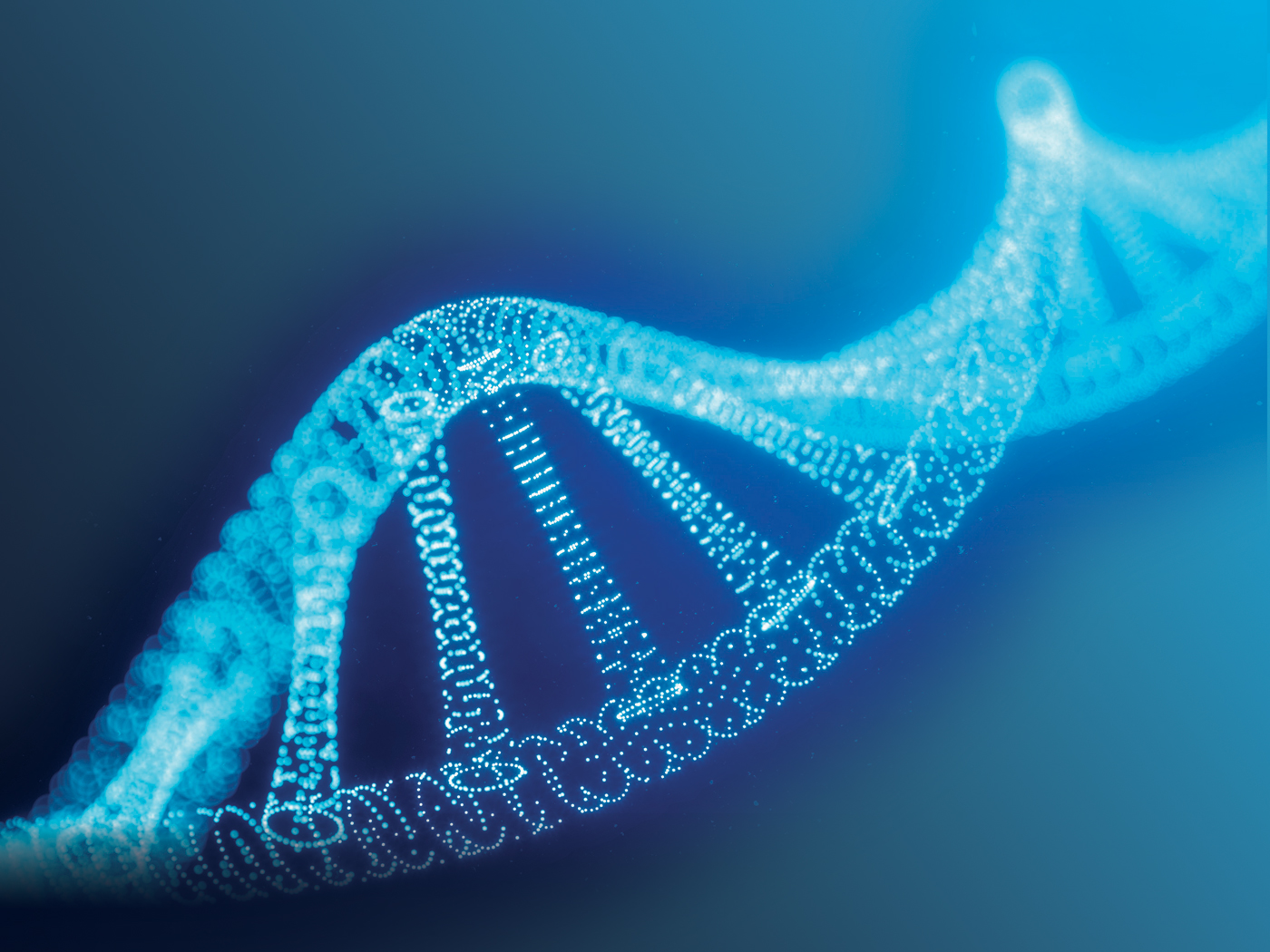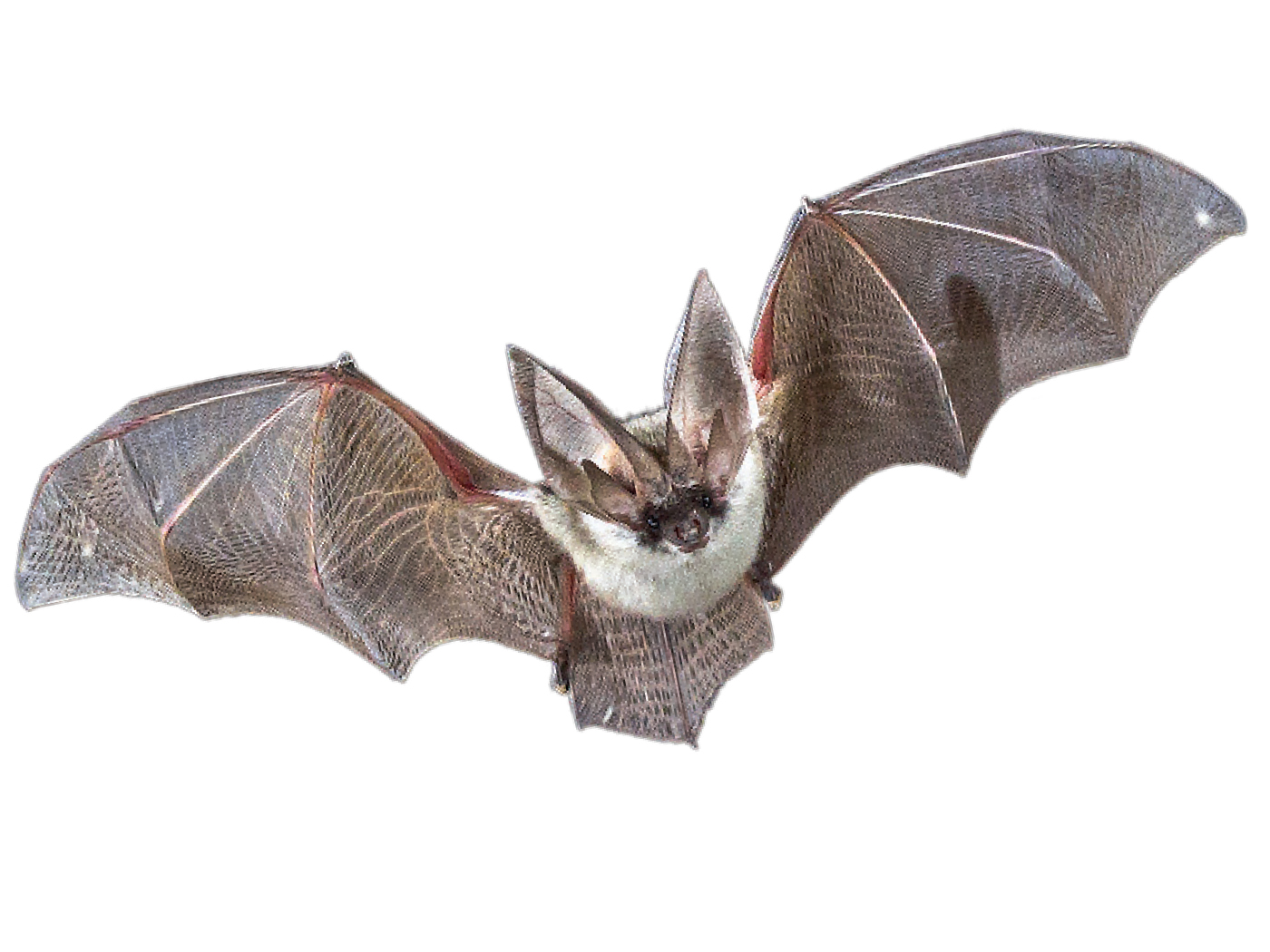Did humans inherit their DNA sequence from an ape-like ancestor? One of the common evolutionary arguments for shared ancestry between humans and chimpanzees is the existence of a so-called human “chromosome 2 fusion.”
But what is a chromosome fusion? If we think of DNA sequence as a language consisting of four letters, the complete DNA sequence in a human is a molecular “book” that is 3,000,000,000 letters long. Books have chapter divisions, and the human DNA sequence has 46 “chapters” or chromosomes. If, in the process of electronically editing a book, the division between two chapters were somehow lost, the two chapters would run together or “fuse” into essentially a single chapter.
This is, in essence, what evolutionists think has happened for human chromosome 2 with one additional detail: Evolutionists believe the second chapter also “flipped”—its top-to-bottom textual orientation was reversed sometime in the past. These scientists believe there were more than 46 chromosomes in the human-chimpanzee ancestor and that two of the chromosomes “fused” in the lineage leading to modern humans. As evidence of this event, evolutionists claim that signature fusion sequence exists in the middle of human chromosome 2, and they claim that the order of sections of DNA sequence (“genes”) along both human chromosome 2 and the two corresponding chimpanzee chromosomes are similar.1
So what? According to the evolutionists, “there is no good biological reason to find the same genes [sections of DNA sequence] in the same order in unrelated organisms, and every good reason to expect very different gene orders….Should God have wished to avoid the appearance of common ancestry between humans and chimpanzees, there seem to have been many gene orders and chromosome structures available to Him to use for either species.”1
Have evolutionists convincingly refuted the biblical model? Several biological facts invalidate their evolutionary claims. First, research by the Institute of Creation Research’s geneticist Dr. Jeffrey Tomkins has revealed that the signature fusion sequence is ambiguous or, in evolutionary terms, “degenerate.”2, 3 Thus, the main line of evidence for fusion is based on weak data.
Second, the precise match in gene order between human chromosome 2 and the corresponding chimpanzee chromosomes is unknown. Unfortunately, when the chimpanzee DNA sequence was elucidated, the researchers did not independently determine the gene order along all of the chimpanzee chromosomes, and this led to gross overestimates of the overall genetic similarity between the two species.4, 5 Conversely, of the two chimpanzee chromosomes for which the gene order has been more precisely determined (e.g., the Y chromosome and chromosome 22), the Y chromosome possesses a gene order dramatically different from humans.6 Hence, the overall match in gene order between human chromosome 2 and the appropriate chimp chromosomes is still an open question.
Even if the gene order among these chromosomes turns out to be highly similar, would this strengthen the evolutionists’ claims? Is there really “no good biological reason to find the same genes in the same order in unrelated organisms”?1 No.
These claims represent premature assumptions stated as fact. No one has comprehensively tested whether gene order along human chromosome 2 has a functional impact on the gene’s function. Furthermore, when human chromosome 21 was inserted into mouse cells, this experiment revealed that the chromosomal context—and gene order—for a gene does impact its function.7
Evolutionary scientists continue to make lofty claims about the human chromosome 2 “fusion” without rigorous analysis of the relevant biological facts.
References
- Venema, D. and D. Falk. Signature in the synteny. The BioLogos Forum. Posted on biologos.org April 19, 2010, accessed June 26, 2013.
- Bergman, J. and J. Tomkins. 2011. The chromosome 2 fusion model of human evolution - part 1: re-evaluating the evidence. Journal of Creation. 25 (2): 106-110.
- Tomkins, J. and J. Bergman. 2011. The chromosome 2 fusion model of human evolution - part 2: re-analysis of the genomic data. Journal of Creation. 25 (2): 111-117.
- Tomkins, J. 2011. How genomes are sequenced and why it matters: Implications for Studies in Comparative Genomics of Humans and Chimpanzees. Answers Research Journal. 4: 81-88.
- Tomkins, J. 2013. Comprehensive Analysis of Chimpanzee and Human Chromosomes Reveals Average DNA Similarity of 70%. Answers Research Journal. 6: 63-69.
- Hughes, J. F. et al. 2010. Chimpanzee and human Y chromosomes are remarkably divergent in structure and gene content. Nature. 463 (7280): 536-539.
- Wilson, M. D. et al. 2008. Species-Specific Transcription in Mice Carrying Human Chromosome 21. Science. 322 (5900): 434-438.
* Dr. Jeanson is Deputy Director for Life Sciences Research and received his Ph.D. in Cell and Developmental Biology from Harvard University.
Cite this article: Jeanson, N. 2013. A Update on Chromosome 2 "Fusion." Acts & Facts. 42 (9): 13.

















